As in all biology, in botany, plants’ names are in Latin language. Latin is heavily influenced by the Greek language. Crocus Sativus is in fact a greco- roman name.
The Greek part of the meaning
“krokos” (Crocous is its Latinized form) in Greek language means yellow, and represents a genus. Plants of this genus are specified for being flowering perennials that stem from a corm (bulbs or onion in vernacular language). Mediterranean, Southern Europe, the Alps, and Central Asia are places where this genus of plant tends to grow. One of the interesting characteristics of these plants is that they can close up their flowers during cold or bad conditions to protect themselves.
The roman part
The Latin word “Sativus” means cultivated. It represents the species of crocus flowers which are known for their lilac-colored petals, three burnt-orange colored stigmas(saffron threads) being the ends to the carpel of this plant. They grow very low to the ground (about 2 inches tall) and have long and thin leaves that can grow to be about 5-8 inches long. In addition, this particular species is known to contain carotenoid pigments called Crocin, which is the reason saffron gives food its signature golden color.
The family
Going up in the taxonomy rank of C. sativus, we reach a family name: Iridaceae which have a bulb, rhizome, or corm. This family belongs to a perennial group in which the plant life span is longer than 2 growing seasons, meaning these plants live throughout the entire year. Having “died back” to its bulb underneath the ground this family in actuality, just “hibernating” through the cold seasons. in fact, in this condition, it is no longer visible and appears to be dead. Their leaves tend to be equitant, or found within the same plane as the stem.
Different types of Crocuses
Like most plants, the classification of Crocuses is an ongoing issue, as scientific research in botany is carrying on and there are different opinions in this field even in the modern era. So, depending on your point of view, the number of species in Crocus can vary between 80 and 160, til now!
The edible Crocus is called Crocus sativus (Autumn Sativus or Saffron Sativus). The rest would be very poisonous.
A sterile plant
The most probable ancestor saffron Crocus is a wild species as it was unable to pair chromosomes during meiosis. So, Saffron crocus is a triploid containing 24 chromosomes (2n = 3x = 24). That is why the most costliest spice derives from a sexually sterile plant.
where did the domesticated saffron Crocus originate?
Greeks domesticated the human wild mind by their philosophers. Also, some researchers believe that they have the honor of producing saffron Crocus by domesticating wild Crocus Cartwrightianus, to be specific, by selective breeding from that wild version. This ancient uncivilized! parent of saffron is native to the southern portion of mainland Greece and Crete. Some, on the other hand, claim that Crocus sativus originated from Western, Central, or South Asia. Although such a claim is not supported by botanical evidence, it is compatible with today’s Iran position as it owns the first place both in terms of quality and the volume of saffron production. Iran is the largest producer of saffron (producing 90% of the total global production of the most expensive spice in the world) and Iranian saffron has the best quality. Ghaaneh brand is set up to make sure that you can have access to the best true saffron spice whenever you desire.
Historical evidence of saffron growing in ancient Iran
There is also historical evidence that shows that saffron is one of the native plants of the Iranian plateau and the cultivation of this plant has been common in many central regions of Iran since the distant past. So that according to historical documents, at the beginning of the advent of Islam, Dirham and saffron were distributed in Iran, especially in the city of Qom, and in most villages of Qom, saffron planting was common and a tax was collected from the saffron growers in the same way as in the Sassanid era.
The plant is perennial but flowers in autumn
Saffron is a perennial herb that flowers in early autumn. This plant has an underground stem that originates from a corm(Crocus sativus bulbs). Farmers in Iran call it saffron onion. The weight of each corm varies from 1 to 20 grams.
The saffron flower is the first organ that emerges from the soil in mid-autumn. Each onion has 1 to 3 purple flowers each of which has 6 petals. The pistil is located in the center of the flower and has a glandular ovary and from the part of the ovary, a white and then a narrow yellow string comes out, which is divided into a 3-branched red-orange stigmas. Being dried, these three-color threads are about 5 cm long, and form the same commercial saffron, but most of the time you only see the red part because the farmers cut the white and yellow parts.
Ecological circumstances for growing saffron
Saffron is a plant that grows in dry and subtropical regions. But in areas with moderate climate and dry summers and mild winters, it grows more favorably and the product quality is better. This plant tolerates a temperature range of -15 degrees Celsius in winter to 40 degrees in summer.
Although saffron can be cultivated in all soils, whether light and sandy or clayey and heavy, it has the best growth and performance in humus soils with a medium loamy texture.
Life stages of saffron Crocus
As mentioned above, there are many species of crocus in wild nature, but cultivated saffron has a waking period and a sleeping period during the year.
The awakening period of the saffron plant
This period from tropical to cold regions lasts between 7 and 5.7 months and during that period the plant goes through two stages of growth intensity and growth stop:
1- Growth intensity stage:
It continues from the beginning of October to the end of February every year, and during this period, with the first watering, roots will come out from under the mother onion (the same onion that you planted) and sink into the ground to absorb moisture and nutrients for the plant. Then, little by little, flowers appear, and leaves grow and get taller. An important event in this period
4.5 to 5 months, it means that the mother onion becomes smaller after the end of flowering and it “transfers its body” to the girl’s bulb, which is formed on top of him and at the end of the flower tube; so, at the end of February, there will be no trace of the mother onion and its roots; for this reason. You need to know that fertilization is useless at this time.
2- Stage of stopping growth:
At this stage, it takes about 2.5 months from the beginning of March until the leaves dry, the leaves stop growing and there are no roots, and in fact, the life of the plant is stopped. takes place, it is very important to maintain the coarseness of the daughter onions that have become mother onions at this time.
Dormancy period of saffron plant
During the sleep period, which lasts from the time of warming to the cooling of the air for 4-5.4 months and lasts from the middle of May to the beginning of October, the onion goes through two stages of true sleep and apparent sleep;
1- Real sleep stage:
This stage lasts for 60 days from mid-May to mid-July
Full sleep is an onion. Because if we look at the bud of the onion tip under the soil during this time its size remains constant because no important changes take place inside the bud. At this phase, If you move the onion, no damage will be done to the process of flower formation inside it, and therefore this period is the best time to dig and move the onion and build new fields.
2- Stage of apparent sleep
In this stage, which lasts from the first half of July to the maximum half of September, the leaf and stem organs appear inside the bud, and then during the second and third decade of August, flower organs such as stamens and pistils appear. Therefore, at this stage, although we assume that the onion is asleep, in practice, it is awake and active, and physiological activities take place in it. This stage is the worst time to take out onions and move them to build new fields; Because it damages the formation of flowers inside the bud and destroys the flowering of many bulbs in the first year. This is a mistake that most traditional saffron growers make.
Once planted, it took 8 years to harvest
After the initial planting, the saffron onion yields for 7 to 10 consecutive years (in fact, most of the experts recommend that the best age of this plant is 8 years). Therefore, the planting phase is carried out exclusively in the first year, and during the following years, only the operations related to the stages and harvesting are carried out in the saffron fields.
Conclusion
A domestication process on a wild Crocus in Greece led to what is now saffron Crocus. Sativus flower contain saffron stigmas which are the most expensive spice in the world. A wide range of countries grow saffron but now Iran produces around 90% of the spice saffron in the world. If you would like to enjoy all the beneficial effects of saffron, Ghaaneh Brand will help you get the best one.
FAQs
1- what does Crocus Sativus mean literally?
To put it simply, it means cultivated yellow.
2-Are other crocuses edible?
No, be careful, some of them are very poisonous.
3. How long does it take for saffron to grow and flower?
The plants typically go through a growth cycle that lasts from the beginning of October to the end of February, which is approximately 4.5 to 5 months. During this period, roots emerge from the mother onion and absorb moisture and nutrients from the ground. Flowers gradually appear and leaves grow taller.
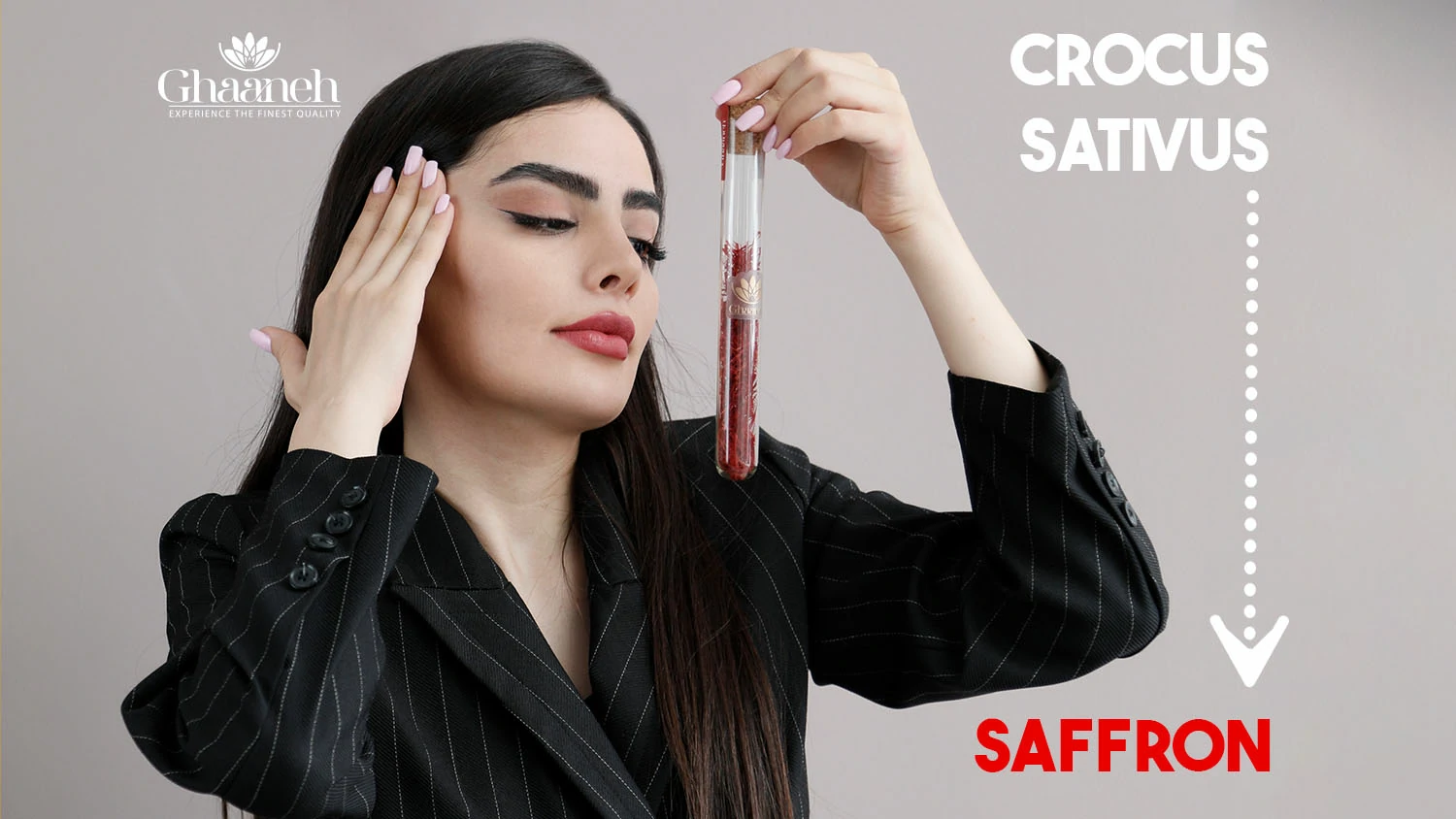

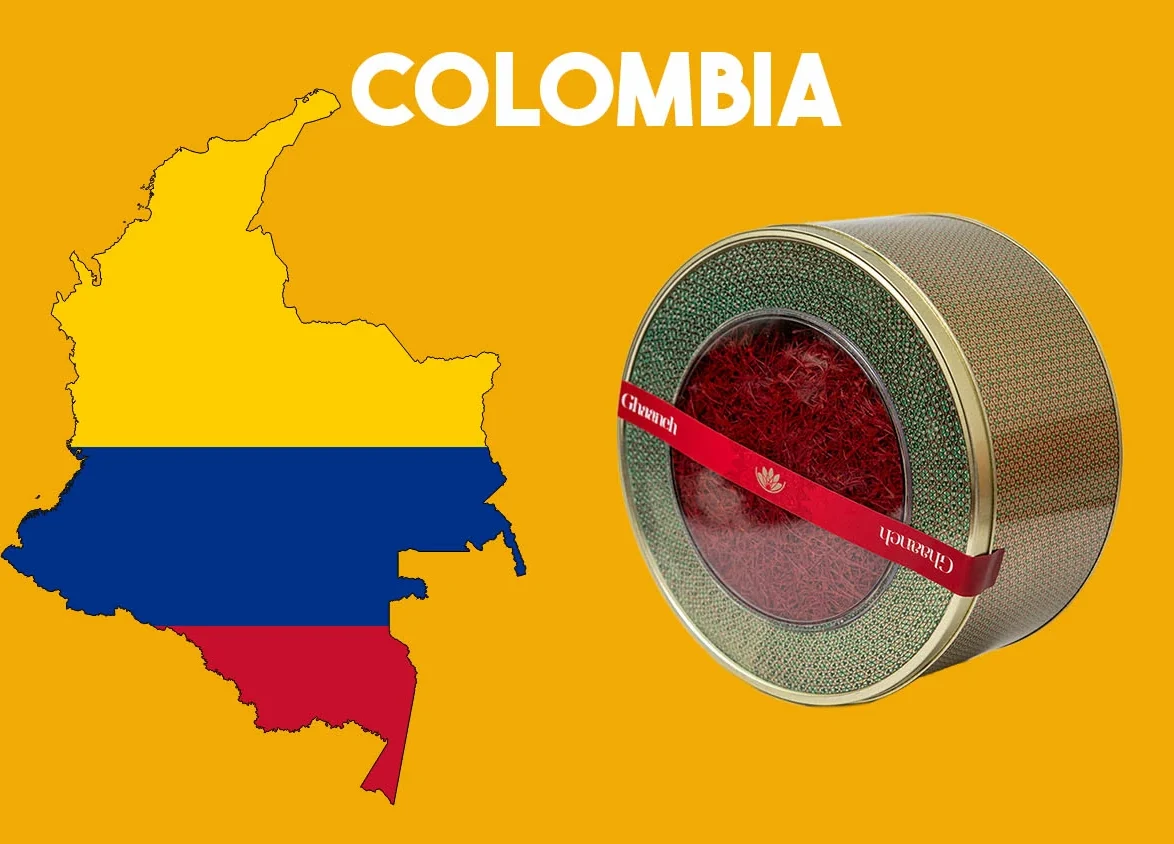
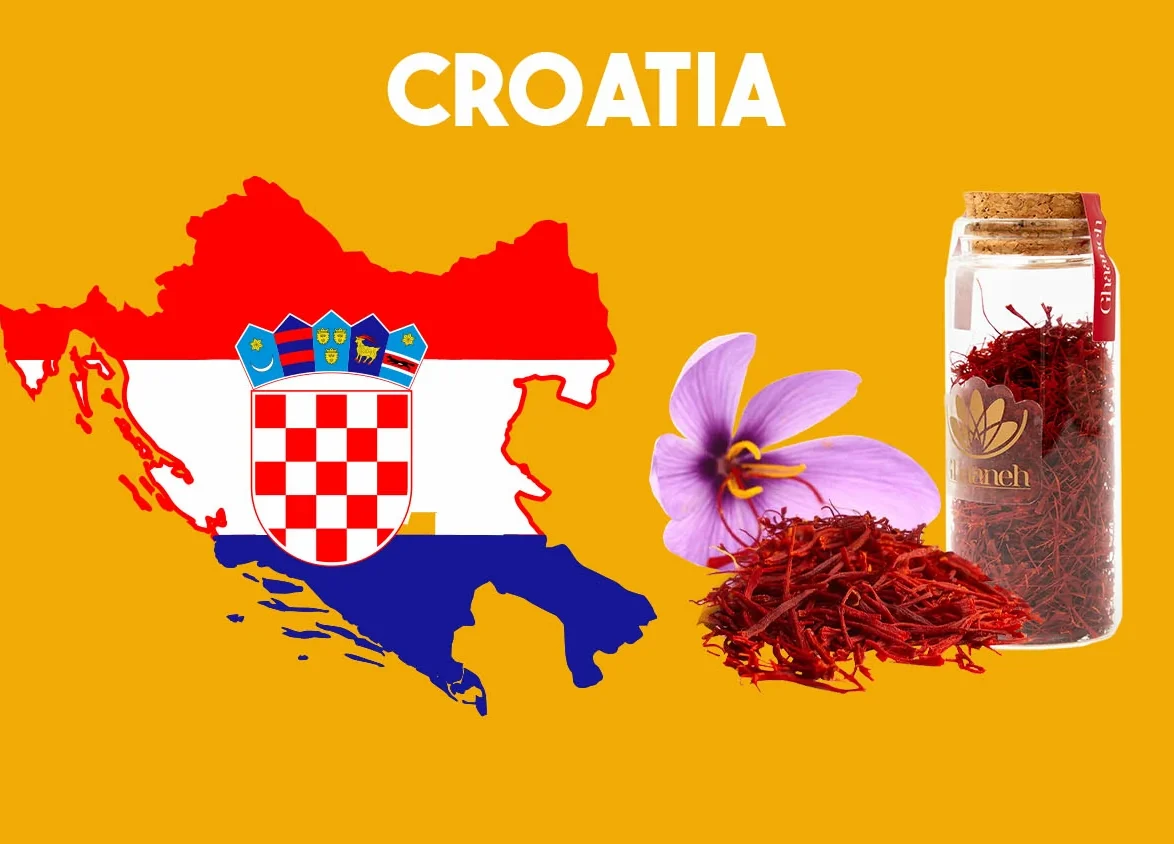
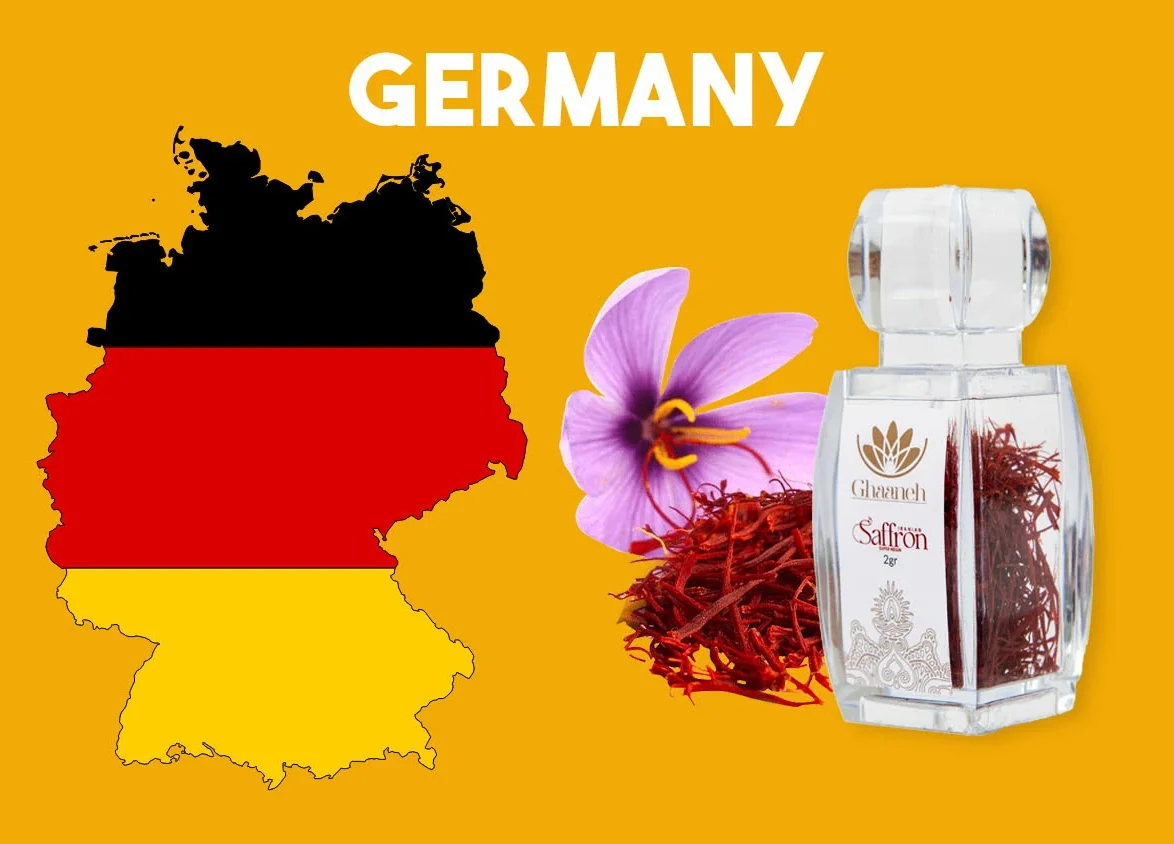
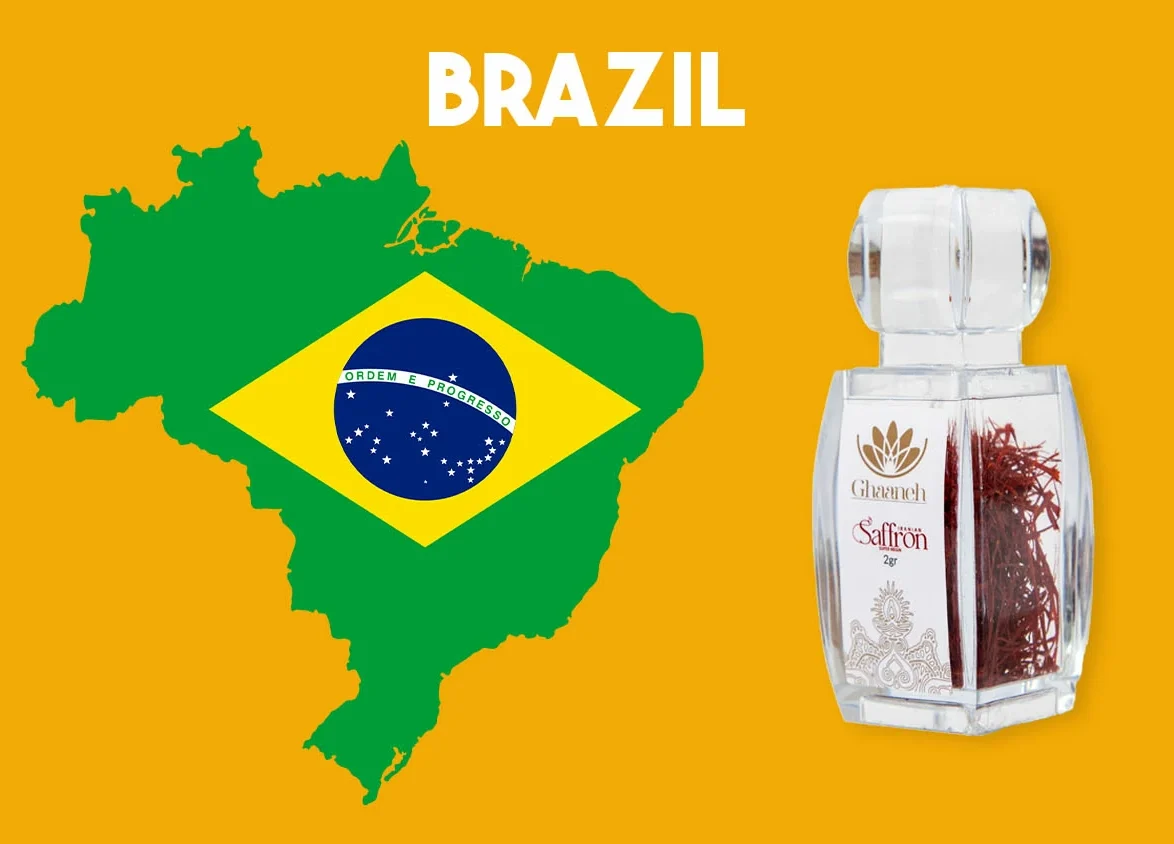
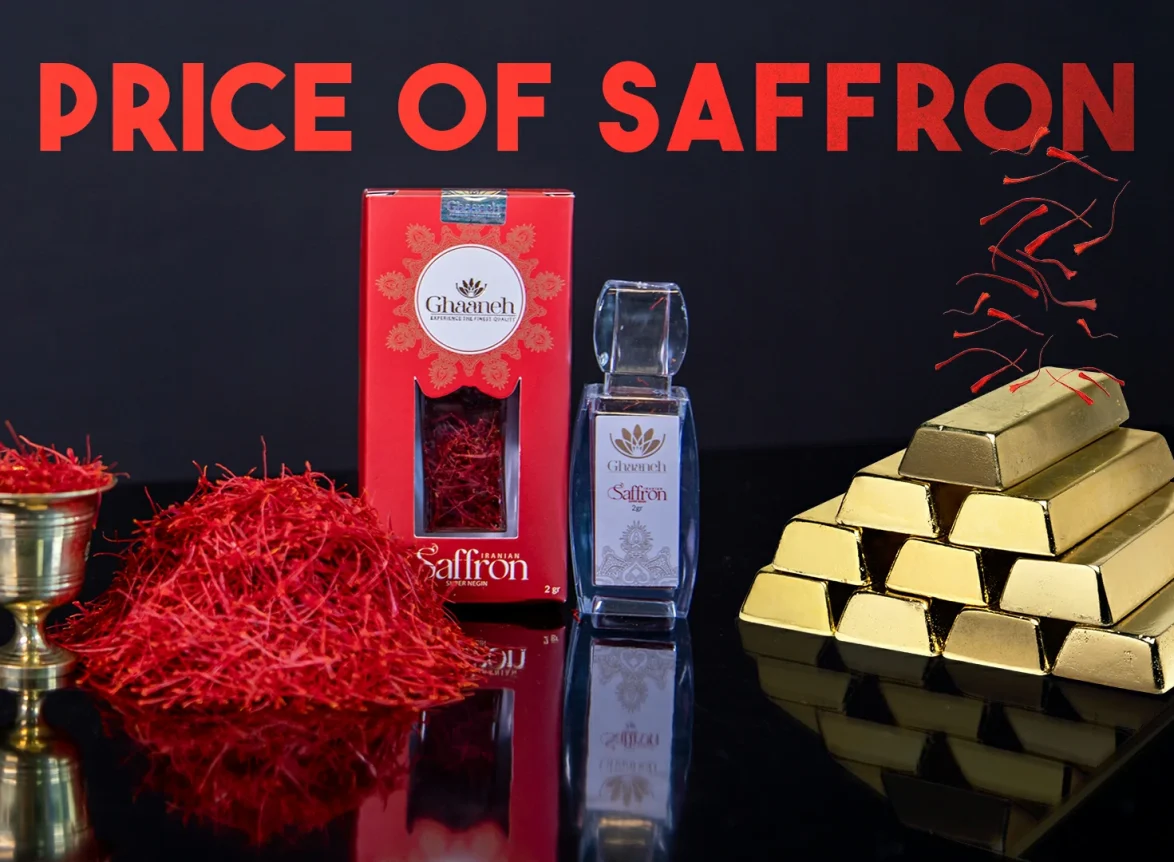
Pingback: Calm your Mind! Saffron For Anger Management